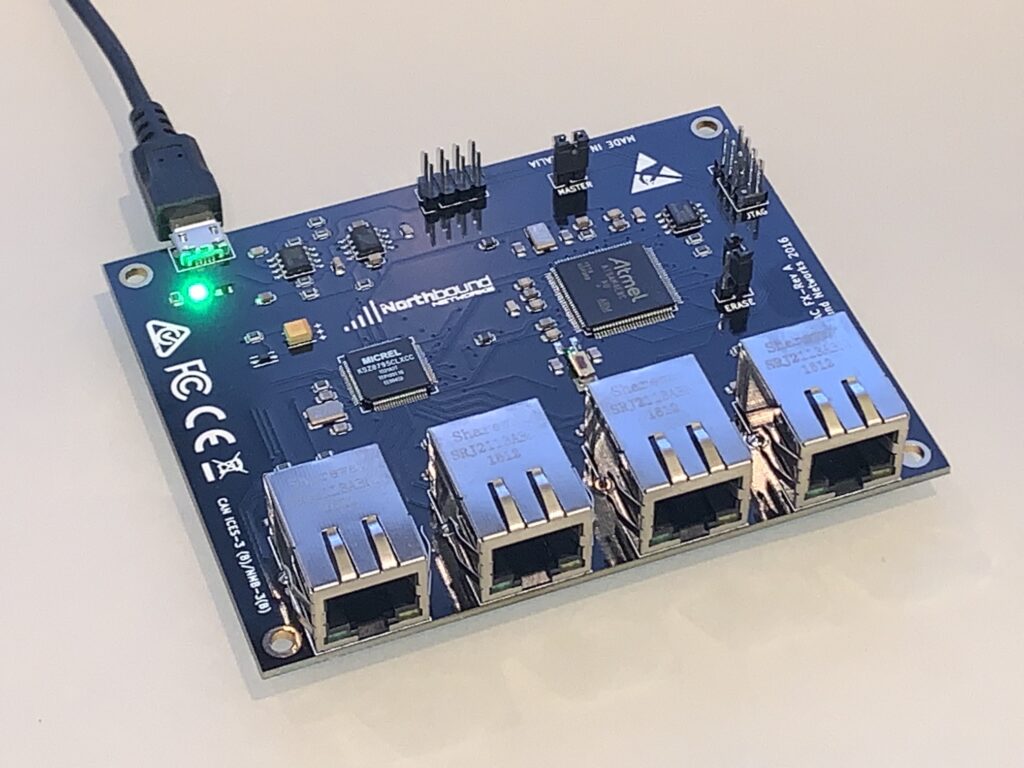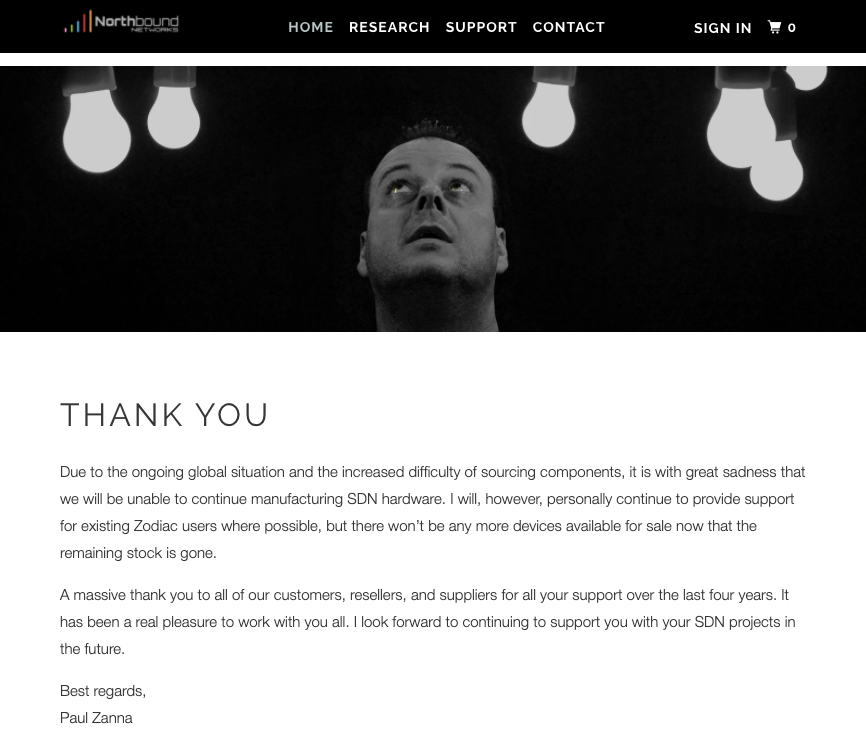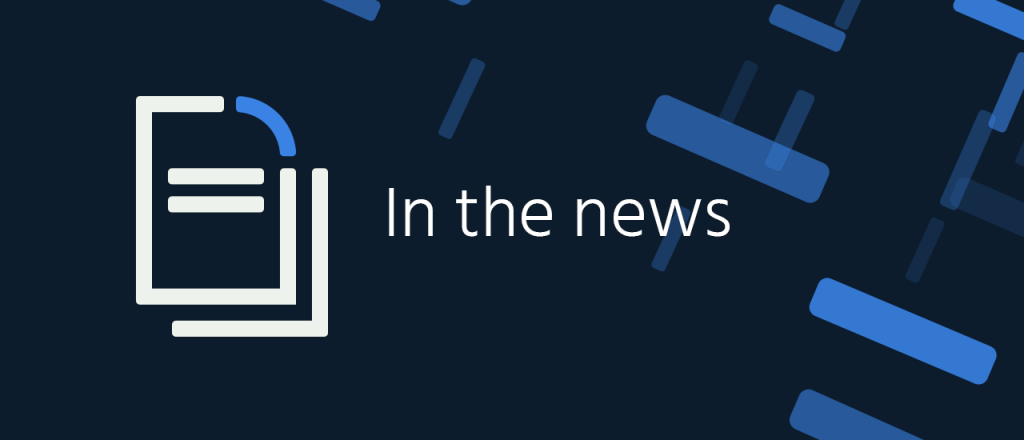0
With Kubernetes, you get a lot of powerful functionality that makes it relatively easy to manage and scale simple applications and API services right out of the box. These simple apps are generally stateless, so the Kubernetes can deploy, scale and recover from failures without any specific knowledge. But what if Kubernetes native capabilities are not enough?
Operators in Kubernetes and Red Hat OpenShift clusters are a common means for controlling the complete application lifecycle (deployment, updates, and integrations) for complex container-native deployments.
Initially, building and maintaining an Operator required deep knowledge of Kubernetes' internals. They were usually written in Go, the same language as Kubernetes itself.
The Operator SDK, which is a Cloud Native Computing Foundation (CNCF) incubator project, makes managing Operators much easier by providing the tools to build, test, and package Operators. The SDK currently incorporates three options for building an Operator:
Go-based Operators are the most customizable, since you're working close to the underlying Kubernetes APIs with a full programming language. But they are also the most complex, because the plumbing is directly exposed. You have to know the Go language and Kubernetes internals to be able to maintain these operators.
Continue reading



